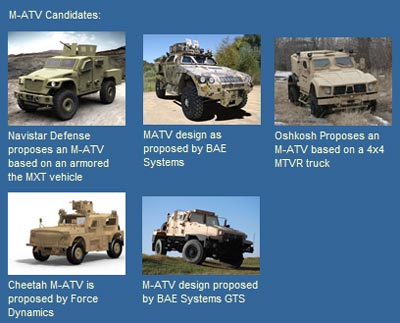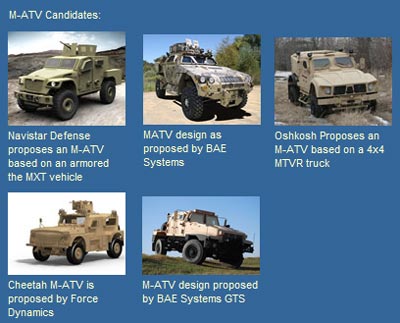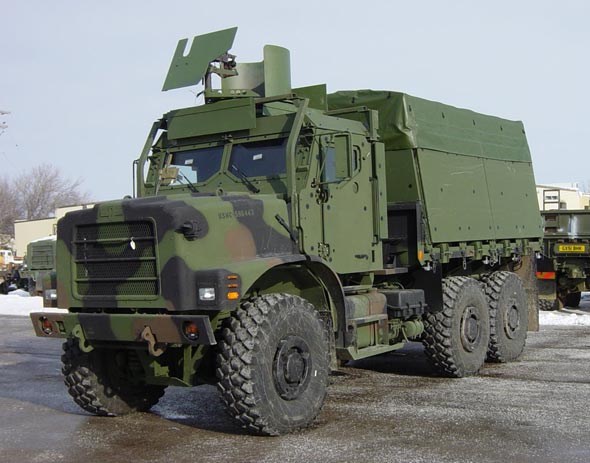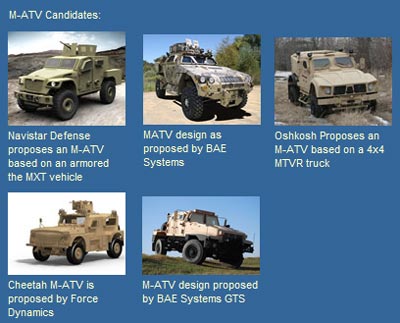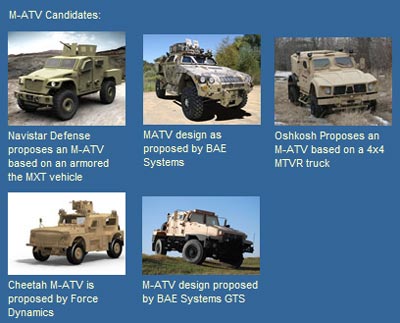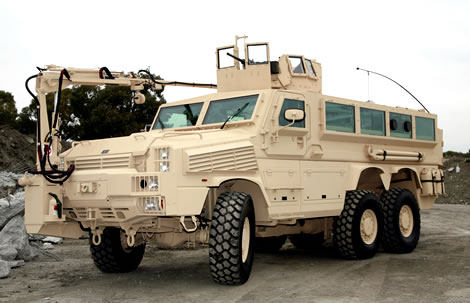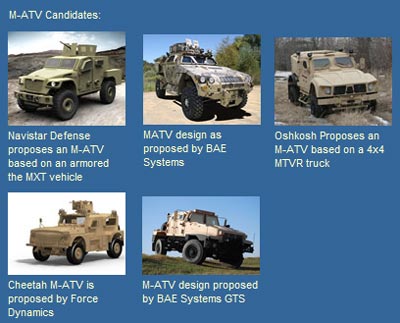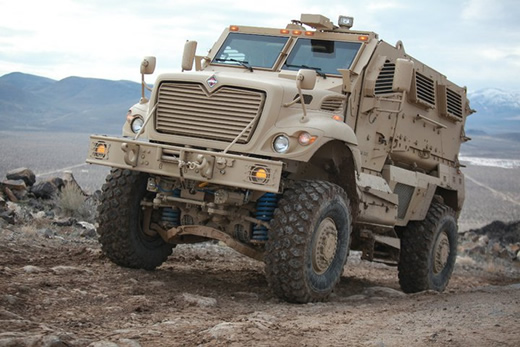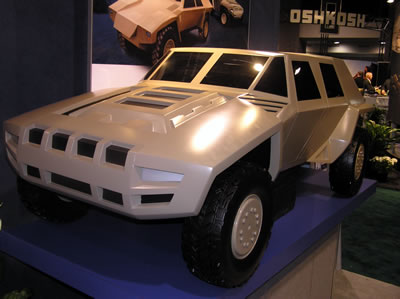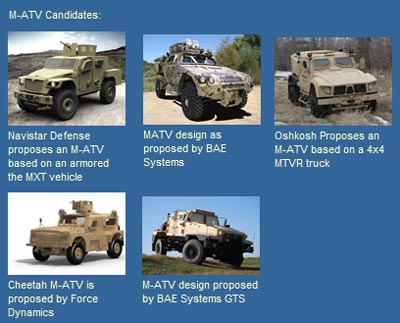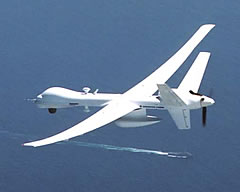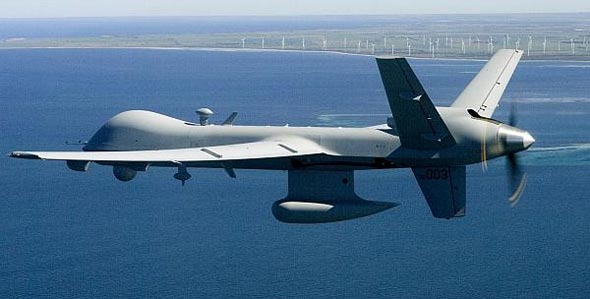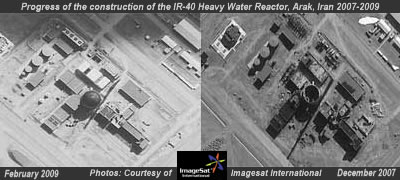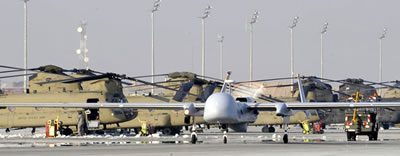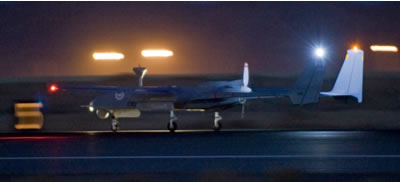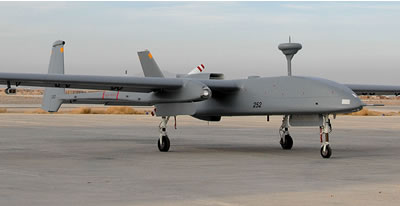Tucked away between the hills of northern Kyrgyzstan, the large Manas air base found itself at the heart of global geopolitics. It is the last remaining U.S. base in Central Asia. Many observers believe that Russia, which operates its own Kant military airbase, just few dozen kilometers distant from Manas, had applied pressure on Kyrgyzstan to evict the U.S. troops.
Kyrgyzstan’s parliament voted last Thursday to close Manas Air Base, a key logistics hub for the U.S. military, but a senior Pentagon official said the base closure would not affect operations in Afghanistan. Nevertheless the move comes at a critical moment for U.S. and NATO operations in the region, when newly elected US President Barack Obama has ordered Afghanistan as top priority in US strategic activities, announcing deployments of as many as 30,000 troops and materiel over the next year to bolster the warfighting capability against the growing threat of Taliban.
In order to keep vital logistics flowing, the northern supply route is important to the US and NATO, because all routes in southern Afghanistan are often attacked by Taliban and Al Qaeda militants. Only last week an important bridge was blown by insurgents, closing this supply route for several days. In fact, the U.S. had begun looking at other resupply options for Afghanistan long before Kyrgyzstan’s base closing announcement, largely because of concern about the increasing number of attacks on convoys shuttling through Pakistan.
The threat that the US could be shut out of the Central Asia region is not new.
Regional concerns over US presence in the region have existed ever since the US opened Manas after its invasion of Afghanistan in 2001. “Manas station is an important base for operations in Afghanistan, but it’s not irreplaceable,” Pentagon spokesman Bryan Whitman told reporters. “If it’s not available to us, we’ll find other means.” That may be so in theory, but realistic options for a viable replacement seem to be running short, as Russia is flexing its strategic muscles in its own former backyard.
The U.S. could of course increase cargo flights from Gulf State allies, but at a high cost and even those bases are not completely reliable, in the ever changing politics in that region.
Some ridiculous options were even aired recently by ignorant European officials, which mentioned approaching Islamic Iranian leaders, asking them to open supply lines to Afghanistan! A more realistic approach was suggested by Andrew Hoehn, a deputy assistant secretary of defense for strategy from 1998 to 2004, who proposed another alternative. “I think we ought to be looking inside Afghanistan itself, perhaps in northwest Afghanistan”. Such a solution would of course require enhanced security arrangements, so that frictionless and uninterrupted operations be secured round the clock at those forward located bases.
The latest offer from Moscow, which can at best be regarded as ludicrous, is to give the United States “permission” to transport “no lethal” equipment to the combat zone in Afghanistan. It remains only to be seen, how NATO is supposed to fight a war against Taliban with non-lethal supplies?
Another absurdity pertains to the negotiations that the Pentagon is holding with Kyrgyzstan officials over a possible extension in maintaining Manas airbase itself. Manas, named after a Kyrgyz epic hero, gained particular importance for the United States in 2005 when Uzbekistan, another Central Asian nation, evicted U.S. troops from a military base Karshi-Kanabad airfield after a row over ‘human rights’. The U.S. government paid the Kyrgys government $17.4 million a year for use of the Manas base, in addition to $150 million annual assistance, which makes a substantial sum in Kyrgyzstan’s abominable economy. This huge sum in itself, if handled wisely, should have become an important lever to get the Kyrgyzian politicians to extend the agreement for at least some years to come until the Afghan crisis is resolved. Moreover, unbelievably, only early last year, the United States government had authorized plans to spend up to $100 million to enlarge loading areas at Manas airbase! Washington and it’s intelligence must have been off the mark completely, to become surprised by Bishkek’s long expected move.
No one can underestimate the value of Manas airbase to the Afghan war effort, for which it has played a critical role. Moving over 500 tons of cargo and supplies per month and transiting some 15,000 people here, Manas is located at the hub of NATO and US logistical support to Afghanistan. The record shows that U.S. KC-135 Stratotankers flew 3,294 refueling missions from Manas, to refuel some 11,419 aircraft over Afghanistan. French tankers and Spanish transports also operate from Manas. No doubt then that closure of the Manas base would pose a serious challenge to President Barack Obama’s strategy in Afghanistan and Pakistan.
But there is much more at stake here. Current NATO and US supply routes run from Pakistan and they transit Karachi, from the sea, all the way up the country into southern and eastern Afghanistan. And given the insecurity, both in the provinces of Pakistan bordering Afghanistan and in southern and eastern Afghanistan, it has been quite difficult ensuring regularity of supplies. NATO has had several convoys attacked. Several hundred NATO vehicles were destroyed in a single ambush a few months, ago, which closed all transport routes for some time, making airborne supplies the only safe option. Manas, no doubt played a crucial part during these critical days.
It is no secret that Russia has been increasingly impatient with the U.S. military presence in energy-rich Central Asia, which Moscow considers its strategic backyard. Although highly questionable under the present economic circumstances, Moscow has promised Kyrgyzstan $450 million in “loans”. Was this Kremlin’s “gesture” to evict the US from Manas airbase?
Prime Minister Vladimir Putin is currently on a shopping spree in Central Asia. He fully intends to buy all the former Soviet client states and bring them back into the fold — Turkmenistan, Azerbaijan, Uzbekistan, Tajikistan. Putin understands that Europe will do nothing. He knows that the US cannot do anything. He regards NATO as impotent and a relic of the past posing no real military threat to “Mother Russia”.
Putin’s new strategy places a serious challenge on the doorstep of the administration of President Barack Obama, which sees Afghanistan as its top foreign-policy priority and is preparing to double the size of the American military presence there.
Russia is signaling that it will be a tough defender of its interests, especially in its strategic realm of the former Soviet Union, which is also vital for NATO and US military operations in that region.
The big question is, whether an inexperienced Obama can deal effectively with a shrewd “old hand” like Vladimir Putin, in spite of the huge economical and military superiority, that Washington still enjoys over Moscow.
After predictably designating the United States as Russia’s main rival, the regions where future confrontations are expected, concern the domination of energy resources. Over the coming years, during Obama and Putin’s political tenure international policy will focus on the access to the energy sources of the world, including the Middle East, Barents Sea, the Arctic Region, Caspian Sea and Central Asia.
Under these stringent political and military circumstances, the new Obama administration should lose no time, in forming an aggressive strategy to challenge Putin’s efforts, already gaining momentum in all those critical regions. There is little time left to lose.
Inconclusive talks with the wrong people, like the Tehran Mullahs or Bashar Assad, will at best become a sheer waste of valuable time, or worse, be playing right into Vladimir Putin’s hand.
Update: April 30, 2009:
U.S., Kyrgyzstan Progress over the Use of Manas Airfield
Washington DC, April 28, 2009: The United States could be nearing a deal with the Kyrgyzstan government to extend U.S. access to Manas Air Base, Pentagon Press Secretary Geoff Morrell told reporters today. Morrell indicated the Pentagon has “reason for hope” about reversing Kyrgyzstan’s previous decision regarding the base. In February 2009 Kyrgyzstan gave Washington a six month notice to leave Manas, a major logistical and refueling center that supports coalition troops in Afghanistan. About 15,000 troops and 500 tons of cargo move through the base every month.
The decision was to end the arrangement the United States and Kyrgyzstan entered three years ago that gave the U.S. annually renewal rights through July 2011. The United States pays $17.4 million a year to use the base. But officials made it clear from the start that they hoped to get Kyrgyzstan to reconsider its decision. In the meantime, Morrell said, the military has been looking for alternative air bases in the event that a resolution about Manas doesn’t happen. He said a number of suitable locations to support the ‘northern distribution network’ have been located. “Should it become necessary to find other bases to fly out of and trans-load our personnel into Afghanistan, I think we’ve got suitable alternatives within the region.” Morrell concluded.


